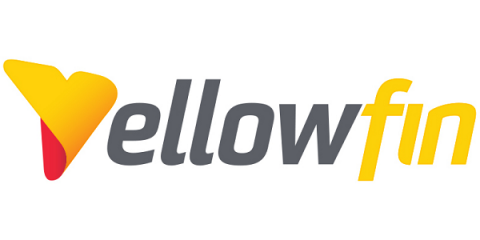How Yellowfin controls its data quality
When building and running an organization, it's critical that you trust your data. A statistic that shocked me recently was that 84% of CEOs don't trust the data they’re basing their decisions on. While it’s a common problem, it’s one that’s actually easy to fix.







